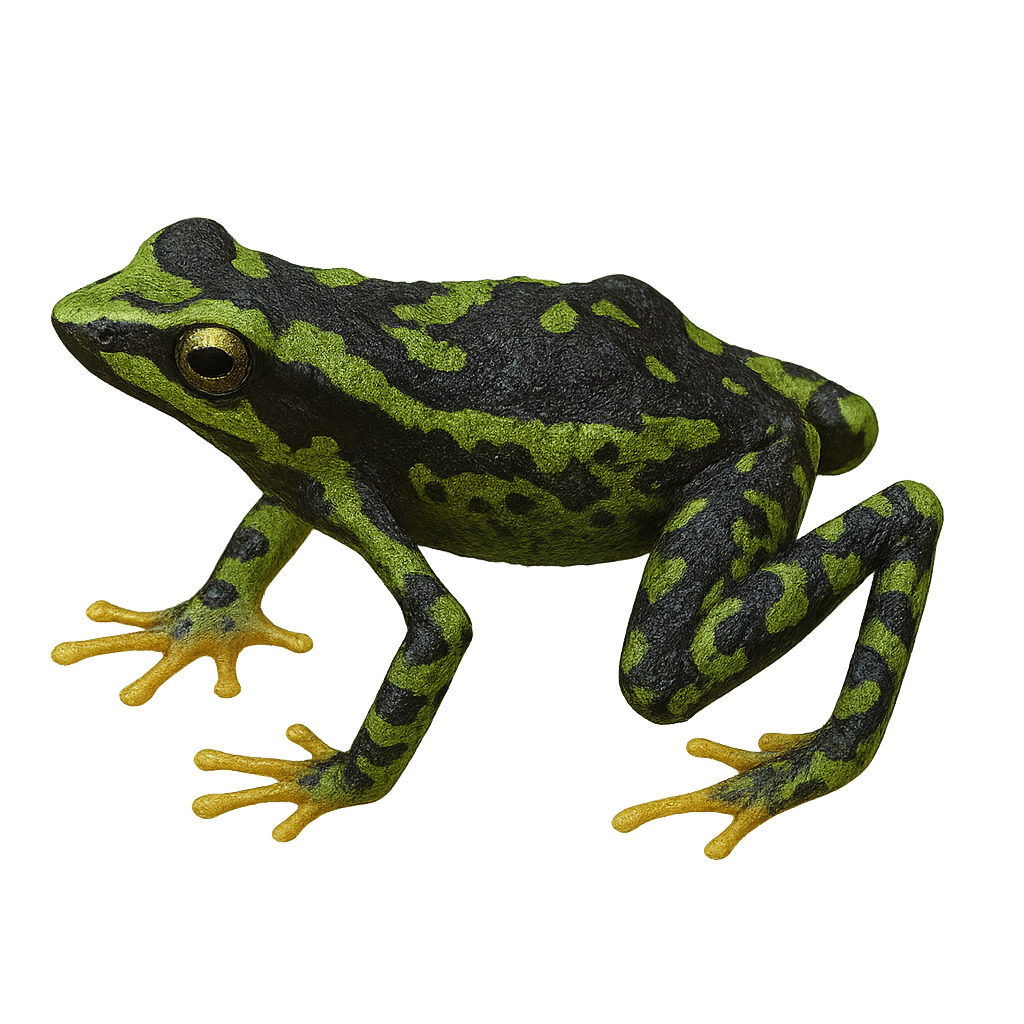Your wildlife photography guide.
Explore the flat-spined atelop in detail, study its behavior, prepare your shots.
Where to observe and photograph the flat-spined atelop in the wild
Learn where and when to spot the flat-spined atelop in the wild, how to identify the species based on distinctive features, and what natural environments it inhabits. The WildlifePhotographer app offers tailored photography tips that reflect the flat-spined atelop’s behavior, helping you capture better wildlife images. Explore the full species profile for key information including description, habitat, active periods, and approach techniques.
Flat-spined Atelop
Scientific name: Atelopus planispina

IUCN Status: Endangered
Family: BUFONIDAE
Group: Amphibians
Sensitivity to human approach: Suspicious
Minimum approach distance: 2 m
Reproduction period: January to March
Incubation: 6–10 jours
Births: February to April
Habitat:
Humid tropical forests, riparian zones
Activity period :
Primarily active during the day, with peak activity in the morning and late afternoon.
Identification and description:
The Atelopus planispina, known as the Flat-spined Atelop, is a rare and fascinating amphibian endemic to the humid tropical forests of Ecuador. This toad is distinguished by its smooth skin and vibrant colors, ranging from green to yellow with black patterns. It typically measures between 3 and 5 cm in length. Adapted to terrestrial life, it prefers areas near water bodies where it can breed. Unfortunately, this species is threatened by habitat loss due to deforestation and climate change. Conservation efforts are crucial for its survival. Due to its rarity and beauty, it is often sought after by photographers and naturalists.
Recommended lens:
Macro – adjust based on distance, desired framing (portrait or habitat), and approach conditions.
Photography tips:
To photograph the Flat-spined Atelop, it is advisable to use a macro lens to capture the details of its colorful skin and distinctive patterns. Approach slowly and discreetly to avoid startling it, as it is quite suspicious. Opt for times of the day when natural light is soft, such as early morning or late afternoon, to achieve well-lit images without flash. Be patient and respectful of its natural habitat, avoiding disturbing its fragile environment.
The WildlifePhotographer App is coming soon!
Be the first to explore the best nature spots, track rutting seasons, log your observations, and observe more wildlife.
Already 1 429 wildlife lovers subscribed worldwide

